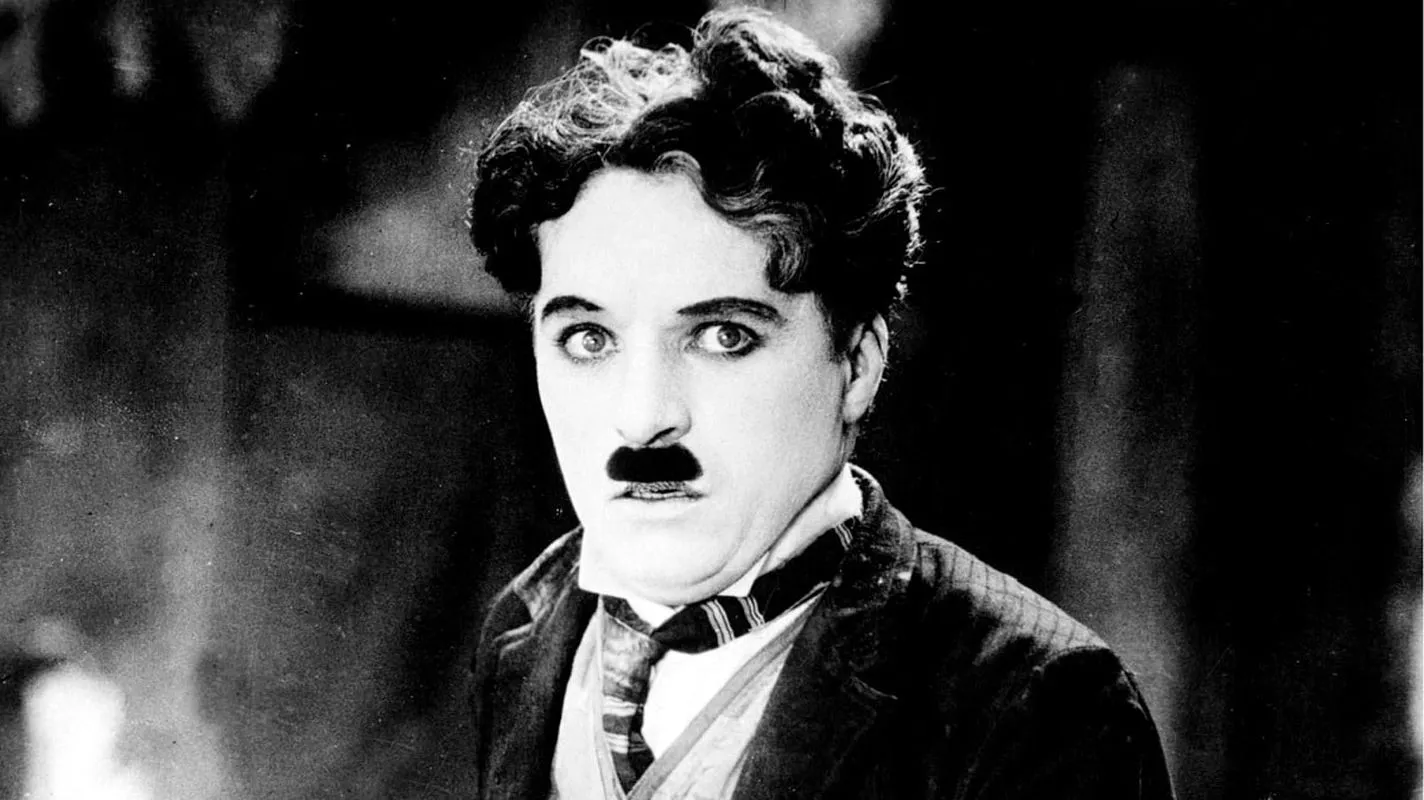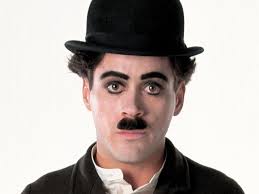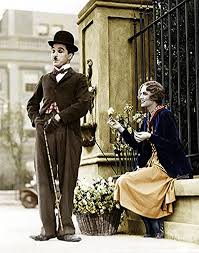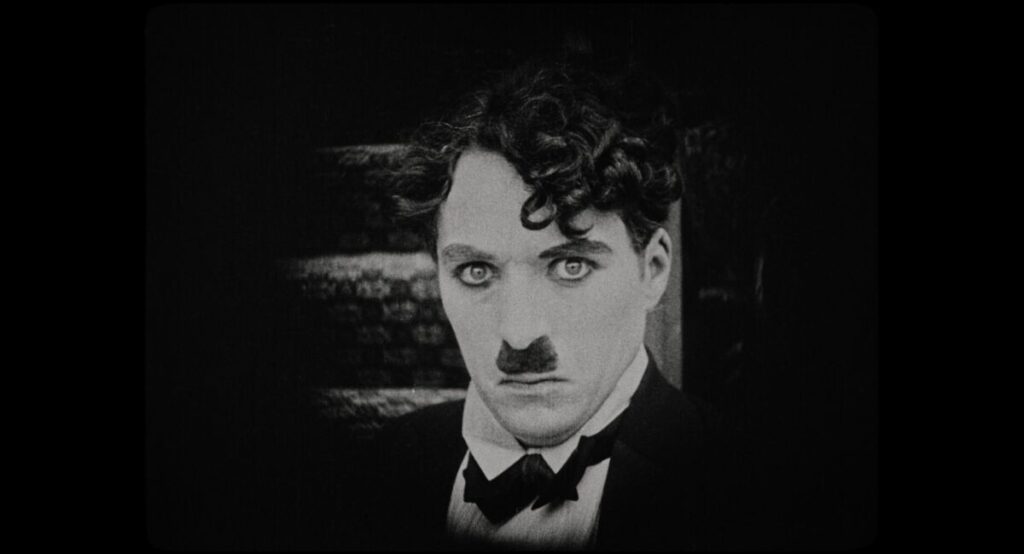Introduction
Peter R de Vries was a prominent Dutch crime journalist, television presenter, and commentator. He was known for his investigative work, advocacy for victims’ rights, and outspokenness. His career spanned several decades and touched many lives, both in the Netherlands and beyond. In this article, we will explore his life, his contributions, and his lasting legacy.
Early Life and Career
Peter R de Vries was born on November 14, 1956, in Aalsmeer, a town in the Netherlands. He grew up in a family of five children and attended school in Amstelveen, where he was known as an intelligent and curious student.
After completing his secondary education, Peter R de Vries studied journalism at the School for Journalism in Utrecht. He began his career as a journalist in the 1970s, working for various publications and broadcasters. He gained national attention in 1987 when he covered the kidnapping of beer magnate Freddy Heineken, a case that would become one of the most famous criminal cases in Dutch history.
Peter R de Vries’s coverage of the Heineken kidnapping brought him widespread acclaim and helped to establish him as one of the leading investigative journalists in the Netherlands. He would go on to cover many other high-profile criminal cases, including the disappearance of American teenager Natalee Holloway in Aruba in 2005 and the murder of Dutch politician Pim Fortuyn in 2002.
Throughout his career, Peter R de Vries was known for his tenacity and his commitment to finding the truth. He was a master at using hidden cameras and other investigative techniques to uncover information that would otherwise remain hidden. He also became known for his advocacy work on behalf of victims’ rights, helping to support and guide families of crime victims through the often-complicated legal process.
Investigative Journalism
De Vries’s investigative journalism was characterized by a relentless pursuit of the truth, even in the face of significant obstacles. He was known for his use of hidden cameras, sting operations, and other techniques to gather evidence and expose wrongdoing.
One of Peter R de Vries’s most famous investigations was his coverage of the kidnapping of beer magnate Freddy Heineken. Working with a team of reporters, de Vries uncovered key information that led to the arrest and conviction of the kidnappers. The case was widely covered by the media and helped to establish de Vries as a leading investigative journalist in the Netherlands.
In addition to his work on criminal cases, de Vries also covered a wide range of other topics, including politics, business, and sports. He was a regular commentator on Dutch television and radio, and he wrote several books about his experiences as a journalist and investigator.
Throughout his career, Peter R de Vries faced criticism and controversy for his methods, which some argued crossed ethical lines. He was accused of intruding on the privacy of those involved in his investigations, and he faced legal challenges and death threats as a result of his work. Despite these challenges, de Vries remained committed to his mission of uncovering the truth and advocating for justice.
Advocacy for Victims’ Rights
In addition to his work as an investigative journalist, Peter R de Vries was also a passionate advocate for victims’ rights. He believed that the needs and perspectives of victims and their families were often overlooked in the Dutch justice system, and he worked tirelessly to bring attention to these issues.
De Vries’s advocacy work took many forms. He provided support and guidance to families of crime victims, helping them navigate the often-complicated legal process and ensuring that their voices were heard. He also used his platform as a journalist to shine a spotlight on cases where victims had been overlooked or ignored.
One of Peter R de Vries’s most notable advocacy campaigns was his work on behalf of the family of Marianne Vaatstra, a 16-year-old girl who was raped and murdered in 1999. De Vries worked closely with the family to bring attention to the case and to pressure the Dutch government to take action. His efforts eventually led to the arrest and conviction of the perpetrator, and the case is now seen as a turning point in the Dutch justice system’s approach to crimes against women.
De Vries’s advocacy work also helped to bring attention to other important issues, such as the treatment of victims in the courtroom and the need for better support services for families of crime victims. His tireless work on behalf of victims’ rights inspired a generation of journalists and advocates to continue his legacy and fight for justice.
Television Career
De Vries’s success as an investigative journalist led to numerous opportunities in the world of television. He became a regular commentator on Dutch news programs, offering his insights on criminal cases and other topics. He also hosted several of his own television shows, which often focused on his investigations and advocacy work.
One of Peter R de Vries’s most popular television programs was “Peter R de Vries, Misdaadverslaggever” (“Peter R de Vries, Crime Reporter”), which aired from 1995 to 2012. The show was known for its in-depth coverage of criminal cases and its use of hidden cameras and other investigative techniques. It quickly became one of the most popular programs on Dutch television, and de Vries was widely regarded as one of the country’s most influential journalists.
De Vries also hosted several other television programs, including “Peter R de Vries: Internetpesters Aangepakt” (“Peter R de Vries: Tackling Internet Bullies”), which focused on online harassment and cyberbullying, and “Peter R de Vries: De Raadsels van de Straat” (“Peter R. de Vries: Mysteries of the Street”), which explored unsolved crimes and mysteries.
Throughout his television career, de Vries remained committed to his mission of uncovering the truth and advocating for justice. His work inspired countless viewers to take an interest in criminal justice and to become more engaged in issues affecting their communities.
Controversies and Criticisms
De Vries’s work as an investigative journalist often put him at odds with powerful figures and institutions, and he was not immune to controversy and criticism.
One of the most high-profile controversies involving de Vries came in 2008, when he aired footage of a man confessing to the disappearance of American teenager Natalee Holloway in Aruba in 2005. The man, Joran van der Sloot, had previously been arrested in connection with the case but had been released due to a lack of evidence. De Vries’s footage appeared to show van der Sloot confessing to the crime, and it was widely seen as a breakthrough in the case.
However, the footage also led to criticism of de Vries’s methods, with some accusing him of manipulating van der Sloot into making a false confession. De Vries defended his actions, arguing that he was simply doing his job as a journalist to uncover the truth.
De Vries was also criticized for his close relationship with some of the subjects of his investigations, particularly those who had been accused of serious crimes. Some accused him of being too sympathetic to these individuals, while others argued that his relationship with them compromised his objectivity as a journalist.
Despite these controversies and criticisms, de Vries remained a beloved and influential figure in Dutch journalism until his death in 2021. His work inspired countless others to follow in his footsteps and to use their platform to fight for justice and truth.
Legacy and Impact
Peter R. de Vries’s legacy and impact on Dutch journalism and society are difficult to overstate. Throughout his long career, he was a tireless advocate for justice and truth, using his platform to shine a light on some of the most pressing issues facing Dutch society.
His work as an investigative journalist inspired countless others to take an interest in criminal justice and to become more engaged in issues affecting their communities. His reporting on high-profile cases such as the kidnapping of beer magnate Freddy Heineken and the murder of Dutch politician Pim Fortuyn helped to shape public discourse and raise awareness of important issues.
De Vries’s advocacy for victims’ rights also had a profound impact on Dutch society. His work in supporting the families of victims of violent crimes and advocating for changes to the criminal justice system helped to bring about important reforms and improve the lives of countless individuals.
In the wake of his death in 2021, tributes poured in from across the country, with many describing him as a national hero and a symbol of Dutch courage and integrity. His work will continue to inspire future generations of journalists and activists, and his impact on Dutch society will be felt for many years to come.
Conclusion
Peter R de Vries was a fearless journalist, a compassionate advocate, and a beloved public figure. His life and work remind us of the importance of truth, justice, and the power of the media to make a difference. We honor his memory and his contributions, and we strive to continue his legacy in our own work.
FAQs
- What was Peter R de Vries known for? Peter R de Vries was known for his investigative work, advocacy for victims’ rights, and outspokenness as a Dutch crime journalist and television presenter.
- What were some of his notable cases? Some of Peter R de Vries’s notable cases include the disappearance of Natalee Holloway in Aruba, the kidnapping of Freddy Heineken, and the murder of Pim Fortuyn.
- What was de Vries’s advocacy work focused on? De Vries’s advocacy work focused on victims’ rights, helping to support and guide families of crime victims through the often-complicated legal process. His advocacy helped to bring attention to the needs of victims and their families and contributed to important changes in the Dutch justice system.
- What controversies did de Vries face during his career? De Vries faced controversies related to sensationalism, intruding on the privacy of those involved in his investigations, and pushing the boundaries of what was acceptable in pursuit of the truth. He also faced legal challenges and death threats throughout his career.

 Fashion2 years ago
Fashion2 years ago
 General1 year ago
General1 year ago
 Trends1 year ago
Trends1 year ago
 Fashion11 months ago
Fashion11 months ago
 Fashion Today2 years ago
Fashion Today2 years ago
 Fashion2 years ago
Fashion2 years ago
 General2 years ago
General2 years ago
 Fashion2 years ago
Fashion2 years ago






























